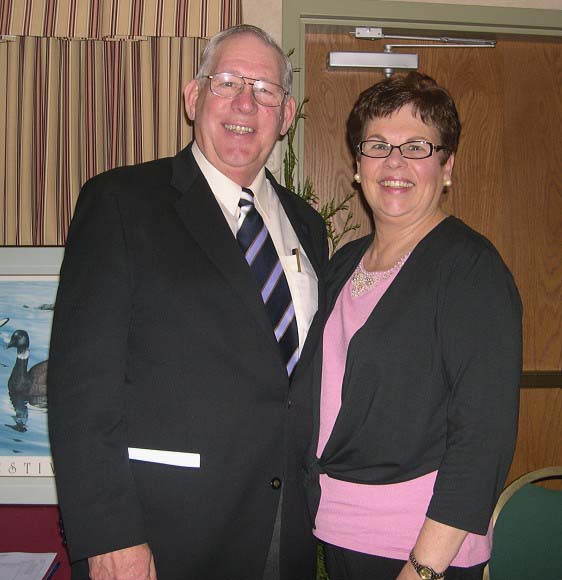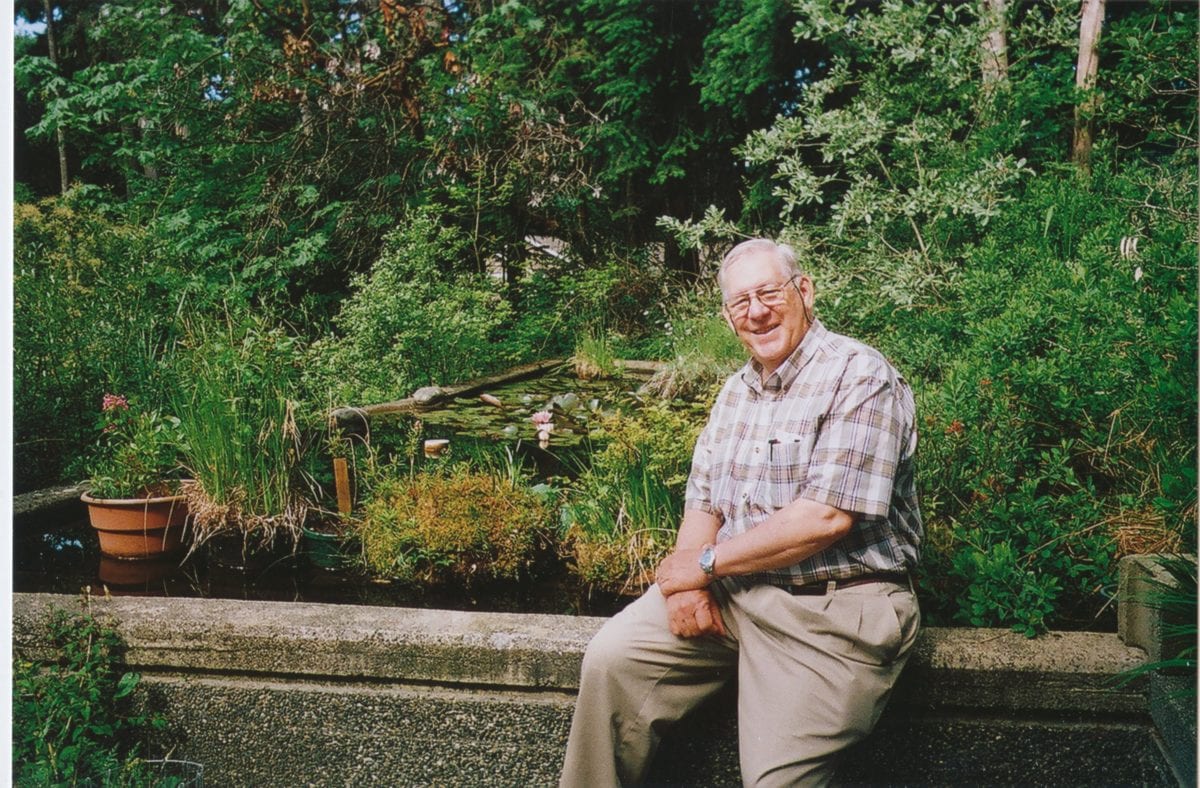
Prominent B.C. naturalist, Bill Merilees, has broad interests in the natural sciences which includes botany, marine biology and ornithology. He has been a keen observer of the natural world his whole life as his grade one report card noted, “Billy’s interest in science has the whole class enthused”. Today, as he approaches his 81st birthday, he is still observing, writing books and articles, and engaging in the protection of nature. Since 1984 he has been leading the environmental stewardship effort that includes the expansion and protection of the Buttertubs Marsh Conservation Area in Nanaimo, B.C.
Bill says that, in addition to his father’s influence, earning his Naturalist Badge as a Boy Scout, thereby earning an Honorary Junior Membership in the Vancouver Natural History Society, were the starting points in his career. This membership gave him the opportunity to meet mentors like Dr. Bert Brink and Dr. Ian McTaggart-Cowan, past board members of The Nature Trust of BC.
After graduating with a Bachelor of Science degree in Zoology and Botany from UBC, Bill hitchhiked around the world with stops in New Zealand, Australia and East Africa. While in Australia, he was offered a position as a field biologist at Australia’s Antarctic Division’s base on Macquarie Island, and was put in charge of their Royal Penguin study. In Kenya, as a volunteer, he assisted Dr. Louis Leakey’s staff with their paleoanthropology research. Back in B.C. Bill joined the staff at Selkirk College. While there, through a Rotary International Scholarship, he earned a Master of Science degree in Park Management at Colorado State University. In 1976 he became a naturalist with Parks Canada and in 1978 Regional Interpretation Office with BC Parks, based in Nanaimo, B.C.
He has written several informative books on nature and gardening including Attracting Backyard Wildlife; A Guide for Nature Lovers, Newcastle Island: A Place of Discovery and, co-authored the re-writing of Chess Lyon’s classic botany identification guide Trees, Shrubs and Flowers to know in British Columbia.
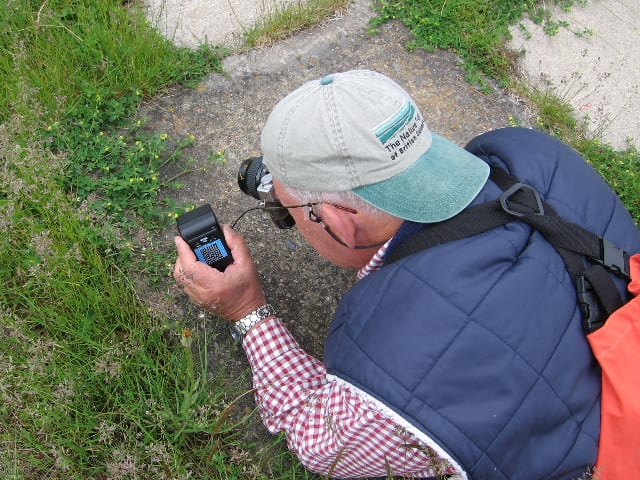
How did you become involved with the Buttertubs Marsh Conservation Area and The Nature Trust of BC?
I knew about The Nature Trust of BC very early on when it was in its formative years. It was a stroke of genius idea. It was then known as the National Second Century Fund dedicated to setting aside ecologically important natural habitats for future generations in honour of our B.C. Centennial. The Nature Trust concept had an immediate appeal! Living in Nanaimo, with the Buttertubs Marsh Conservation Area at our doorstep, getting involved was a ‘natural’. I took my Boy Scout Troop there in 1984. At this time the trail around Buttertubs was only partially complete and there was only one property. Today the trail is a circuit and the protected area has grown significantly with the addition of seven acquisitions.
How important is stewardship to land conservation?
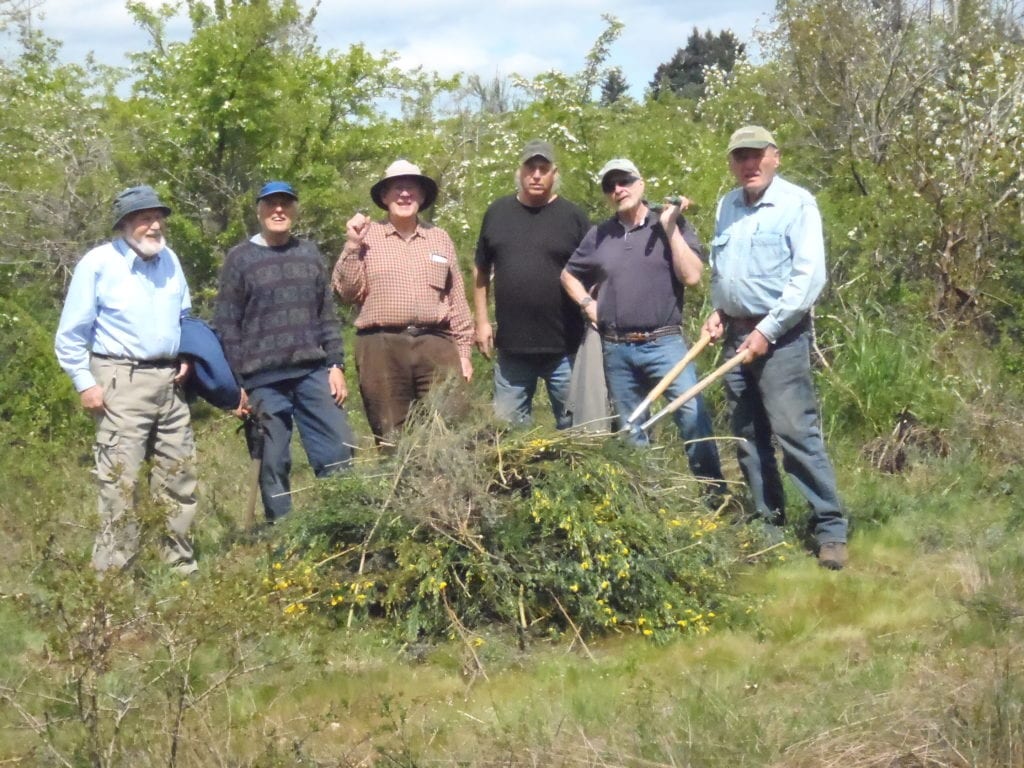
Environmental stewardship is essential because resources and people are needed to look after and manage these properties. Land management takes a lot more resources than people realize. You need to have people on the ground.
At Buttertubs, stewardship is a collaborative effort between The Nature Trust of B.C., the Friends of Buttertubs, and the City of Nanaimo.
Volunteer stewardship plays an important role by being the eyes and ears on the ground. Friends of Buttertubs does maintenance work that is appropriate such as removing invasive plants, repairing trails, touching up benches and removing garbage. This work is especially important at Buttertubs because this conservation area is completely surrounded by the city. The trail around Buttertubs is one of the most popular walking trails in Nanaimo for both visitors and locals.
What are the keys to successful environmental stewardship?
You have to be practical and realistic. You have to have credibility and be able to communicate. You also have to be willing to educate people and set a good example.
There are many good eager and willing people to care for conservation properties who are looking for leadership and direction. Good stewardship includes creating a cadre of skilled volunteers who can train others to continue the work. It is important to recognize where you can make an impact and where you can’t. I like to say “Have fun, get it done!” Temper your expectations and don’t be discouraged.
What advice would you give The Nature Trust of B.C.?
Protect the land base first. Continue building the land base. Continue to find local stewardship groups to give you a hand. And focus your eyes on the end goal.
Where does conservation connect with bigger environmental concerns?
Environmental issues are multi-faceted which makes it difficult for people to get their mind around them. There are so many topics related to conservation causes that it is easy for people to despair. This can lead to short term narrow range thinking that missed the big goal – improving our planet’s environment.
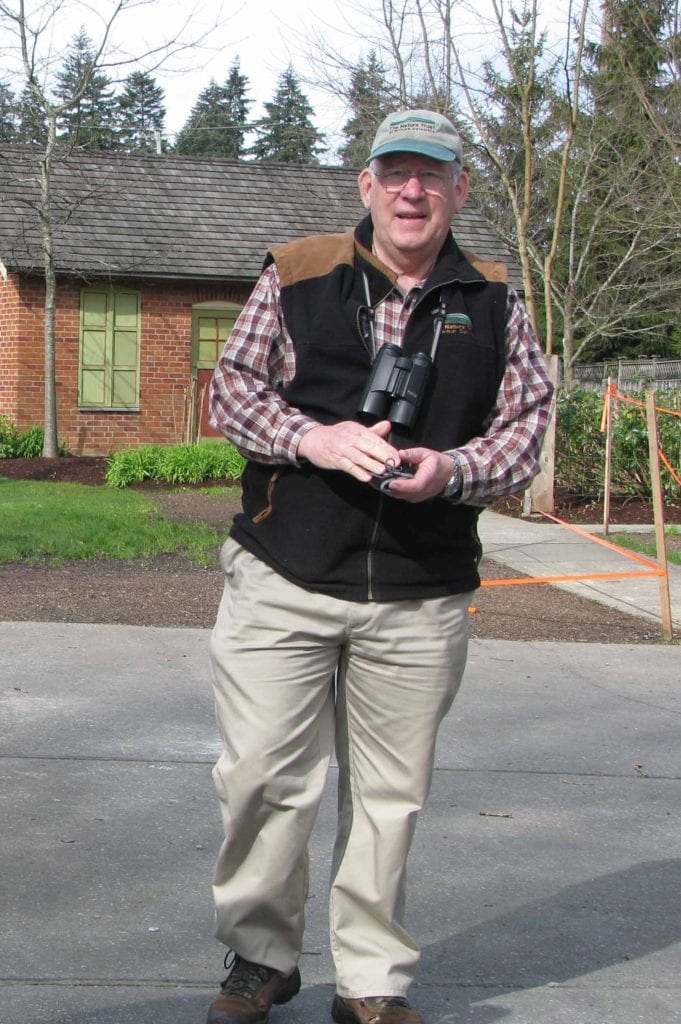
What does the future stewardship look like for Buttertubs?
Friends of Buttertubs have prepared a long term vision for this wetland that sets out co-operative management goals and objectives that hopefully will ensure its environmental integrity.
To paraphrase Aldo Leopold, I think the most important principle about environmental tinkering is that you must ensure you have kept all the nuts, bolts and pieces together so you can maintain a habitat’s long term integrity.
What are some of the highlights of your career as a nature scientist?
I am one of the luckiest people in the world! I have had wonderful mentors such as Dr. Ian McTaggart Cowan, William M. Hughes (WW I and WW 2 veteran) and a very caring supporting family. Along my path I have been assisted by many eminent professionals. I was lucky to have worked on a range of fascinating projects from carrying buckets for Dr. Carl Borden during his excavations at the great Marpole Midden to preparing research materials for -Maeve Leakey in Nairobi, and being employed in Dr. Robert Carrick’s Sub- Antarctic research program.
It makes me feel good to have been part of the effort to establish Jedediah Island as a Provincial Park; to be part of the team that has seen Buttertubs slowly grow from a single property to the conservation area it is today; and while at Selkirk College, to have promoted the establishment of the Castlegar Outdoor Education Area.
What’s next for Bill Merilees?
Shortly I will be celebrating my 81st Birthday with my wife June and our family at our home in Nanaimo. My considerable library and photographic collections are in need of a thorough work over. However in the short term, my considerable collection of British Columbia marine mollusks, collected over the past forty years, needs to be put ‘in order’ for its disposition at UBC’s Beatty Museum!

